Here is a version of the answer in
Swift 5
that you can use it from the storyboard:
// MARK: - Hiding Back Button
extension UINavigationItem {
/// A Boolean value that determines whether the back button is hidden.
///
/// When set to `true`, the back button is hidden when this navigation item
/// is the top item. This is true regardless of the value in the
/// `leftItemsSupplementBackButton` property. When set to `false`, the back button
/// is shown if it is still present. (It can be replaced by values in either
/// the `leftBarButtonItem` or `leftBarButtonItems` properties.) The default value is `false`.
@IBInspectable var hideBackButton: Bool {
get { hidesBackButton }
set { hidesBackButton = newValue }
}
}
Every navigation item of a view controller will have this new property in the top section of attributes inspector
